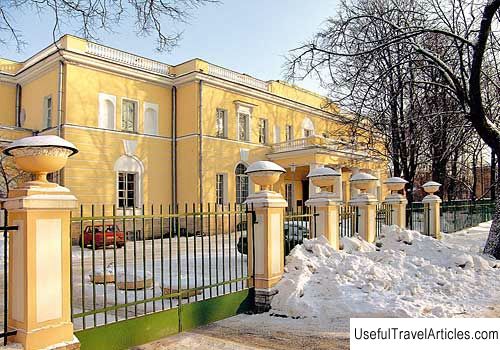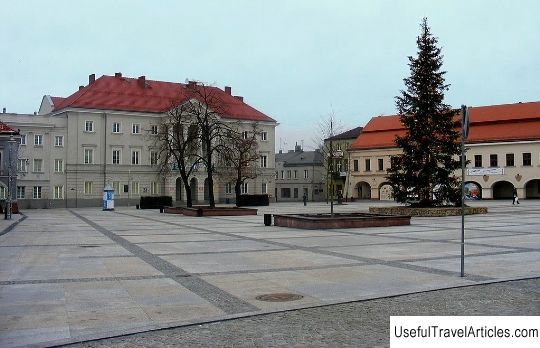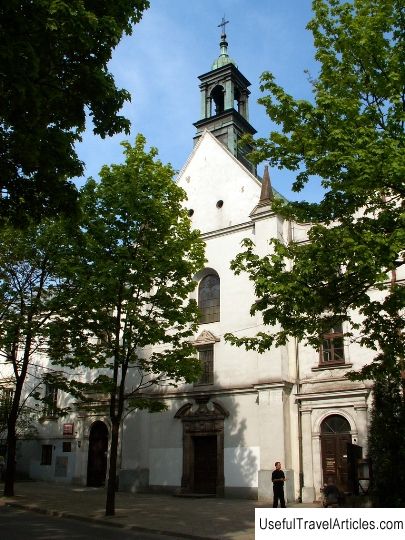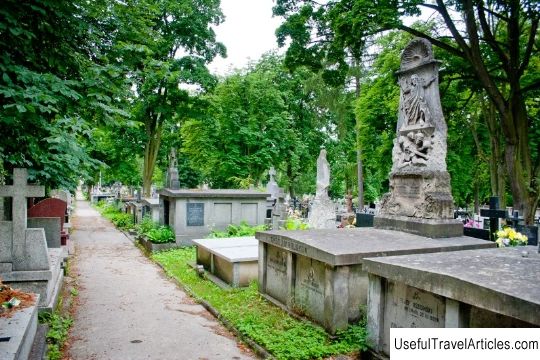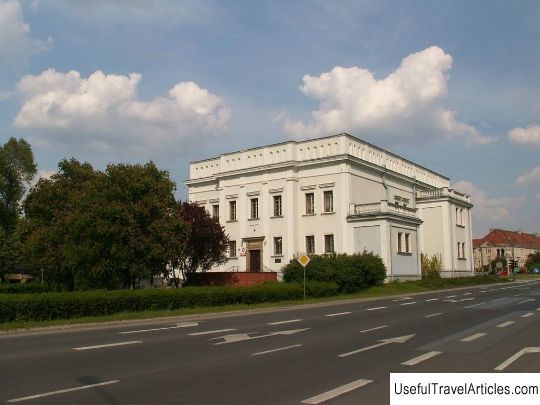Heinrich Sienkiewicza Street (Ulica Henryka Sienkiewicza w Kielcach) description and photos - Poland: Kielce
Rating: 9,5/10 (1765 votes) 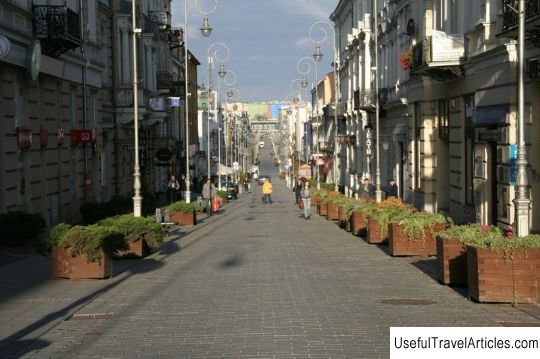
Henryka Sienkiewicza Street (Ulica Henryka Sienkiewicza w Kielcach) description and photos - Poland: Kielce. Detailed information about the attraction. Description, photographs and a map showing the nearest significant objects. Title in English - Ulica Henryka Sienkiewicza w Kielcach. Photo and descriptionHenryk Sienkiewicz Street is the main commercial and historical "artery" of the city of Kielce, built in the middle of the 19th century. It was originally called Constantine Street, as well as Pochtovaya Street. It received its current name in 1919. Henryk Sienkiewicz Street began to form at the end of the 17th century. At that time, about 1,500 permanent residents lived in Kielce. In 1789 there were only 6 brick buildings in the city - four of them on the main square, two on Little Street. In total, there were 252 houses in Kielce. The future Senkevich Street was formed between the bishop's possessions and the city's possessions. The street was not paved with stones, so mud and slush were common. To the east the road disappeared into the fields, and in the west it met the swampy banks of the Silnika River. In 1821, Marian Potocki created the territorial plan of the city of Kielce, which at that time needed modernization for further economic development. In 1823, Senkevich Street was named Konstantin Street in honor of the Grand Duke Konstantin Pavlovich from Russia. The street was paved as it led to government buildings (post office, school). At that time, there was no crossing of the river yet; citizens wade through it. After the outbreak of the November Uprising, the street was renamed Pochtovaya. Soon Pochtovaya Street became one of the most important city thoroughfares. In 1840, hotels, a theater hall and stables were built here. In 1887, the industrialist Ludwik Stumpf began the construction of the theater, which is now known as the Stefan Zeromsi Theater. Many people came there to watch the performances. Among the spectators were local nobles, citizens, youth and Russian officers of the regiments stationed in Kielce. In 1883, a railway was built, and the first train arrived in Kielce. The railway station building was completed in 1885. In May 1915, when the Russians left the city and it was taken over by the Prussian army, Pochtovaya Street was renamed in honor of the Austro-Hungarian Emperor Franz Josef. Since 1919, the street has received its modern name - Henrik Sienkiewicz Street.     We also recommend reading Church of Martin the Confessor in Alekseevskaya Novaya Sloboda description and photos - Russia - Moscow: Moscow Topic: Heinrich Sienkiewicza Street (Ulica Henryka Sienkiewicza w Kielcach) description and photos - Poland: Kielce. |
